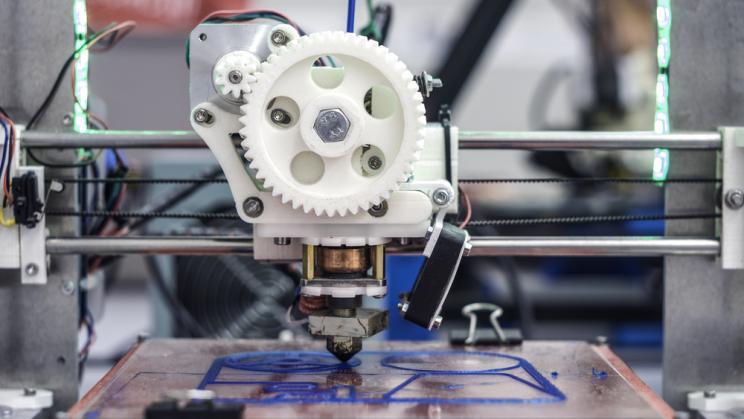
New publication from the EU Non-Proliferation Consortium on the technical limitations of 3D printing technology.
Three-dimensional (3D) printing is an evolving technology that can produce objects from plastics and metals. It works by building up layers of material hardened by a laser. The process is driven by computers that generate the enabling laser beams from highly detailed computer drawings and models.
The parts that can be produced can be accurate copies of the enabling drawings, but they will have different material properties from items produced by traditional manufacturing such as casting, forging and machining.
Popular press and more serious analysts have speculated that a complete nuclear weapon or gas centrifuge could be built using a 3D printer, detailed and accurate computer drawings, and appropriate materials. However, the author of the paper, Robert Kelly, has found that very specialized starting materials such as plutonium powder or high explosives would be required and are not readily available.
In fact, there are many barriers to successfully manufacturing a complete nuclear weapon and in most cases 3D printing gives no advantage to a non-state proliferator, or even a state, trying to clandestinely build a weapon. This new publication, number 54 in the Non-Proliferation Papers series from the EU Non-Proliferation Consortium, examines the technical limitations of the technology and makes suggestions for how European export regimes can build up and maintain an awareness of cases where it could enable the bypassing of nuclear proliferation barriers.
Read the publication here.
Read more about the EU Non-proliferation Consortium here.